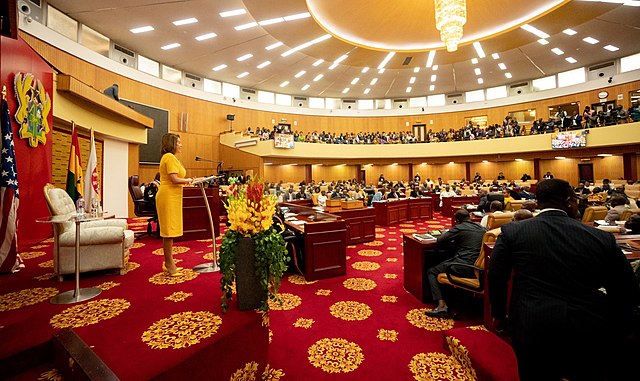
In late January, the Diversity Strategic Plan Steering Committee at the University of Massachusetts released its draft of the Diversity Strategic Plan. It contains a lot of interesting information, and proposes solutions to UMass’ diversity problem.
Diversity has become a buzzword of sorts. Like social justice, equality and other popular terms or phrases, it has no concrete definition and generally means different things depending on who says it.
When I think of diversity in a human context, I think of culture, ideology and worldview. For me, race, which seems to be the focus of the plan, does not enter into my mind.
For example, take two individuals of different races. If they both grew up in America, exposed to the same media, the same form of entertainment and so forth, does their difference in skin color truly make them diverse? Perhaps, or perhaps not, depending on the individuals chosen.
But if you took a white person from Iowa, and a white person from Russia, even though they are the same skin tone, on average, they would be far more “diverse.” In other words, they would have greater differences between them than the two Americans of different races.
Moreover, as a white male who grew up in the metropolitan Boston area, I probably have more in common in terms of culture and values with many minorities who also grew up in my area than with another white person in rural West Virginia.
Creating a climate of truly diverse people would, to me, mean greatly expanding out of state and international enrollment. If UMass wanted or needed to do so, that is how it should go about creating a “diverse” educational experience. In what way does speaking or interacting with students who are fairly close to you culturally, but look different physically, advance an education?
It doesn’t, and sadly, the system values people based on what they look like and not who they are in terms of perspectives, ideas or accomplishments. When we examine the racial composition of a student body and determine that we have too much of one group or too little of another, what we end up doing is removing individuality from the equation. It becomes a game of mixing and matching people, ultimately bringing back the same means which were used in the past, if only for different ends.
Based on its proposals and focus, it’s clear that at the end of the day, the Diversity Strategic Plan primarily amounts to coded affirmative action. That’s a fine thing to argue for, as there are many good people on both sides of that issue. But we should be clear that is what it is, since it doesn’t seem like UMass is overtly biased in its admissions process.
Referring to the information provided by UMass if the draft of the Diversity Strategic Plan, 80 percent of Massachusetts students who have a high school GPA over 3.0, and SAT scores over 1000 are white, and 71 percent of students who apply to UMass and 76 percent of accepted students are white.
Since whites are 72 percent of the state’s grade 12 population, the fact that they make up 80 percent of that higher achieving category suggests to me that a more selective state university like UMass is disproportionately white due to, at least in part, slightly better academic performances by white students.
The difference is even greater among Asian-Americans, Native Hawaiians and Pacific Islanders who account for 5 percent of Massachusetts grade 12 students, but 10 percent of the higher achieving GPA/SAT category and 12 percent of accepted students.
Increasing racial diversity among the student body can be done in a multitude of ways. Some of the ways mentioned in the plan are good ideas. However, UMass should be careful not to go down a dangerous road by having different standards and academic requirements for different people based on what they look like. It could hurt relations between ethnic groups, and risk putting an unfair asterisk on the legitimate achievements of individuals.
Nick Pappas is a Collegian columnist and can be reached at [email protected].


















![By freestocks.org [Creative Commons Zero], via Wikimedia Commons](https://dailycollegian.com/wp-content/uploads/2024/04/Picture1-1.png)